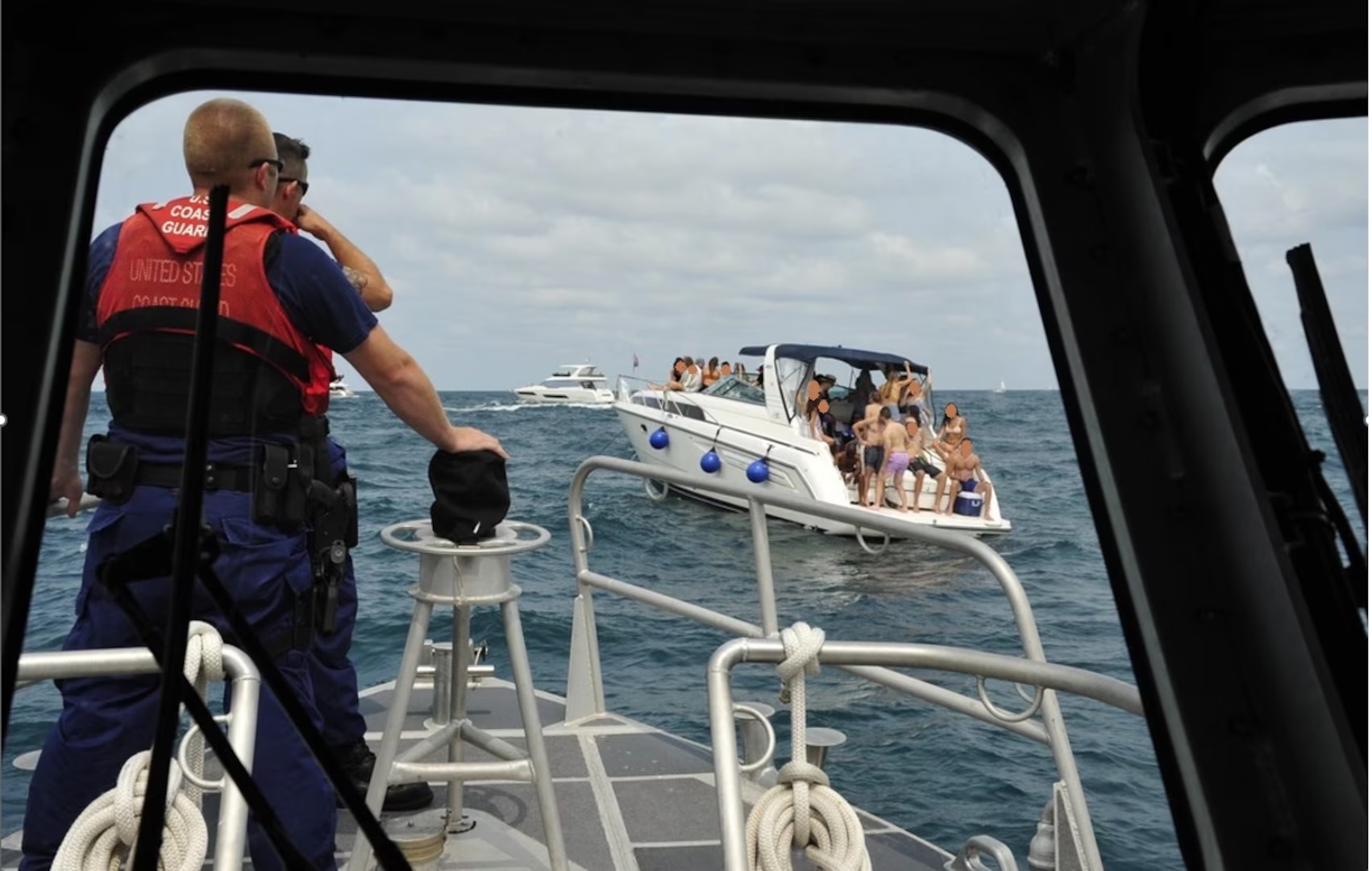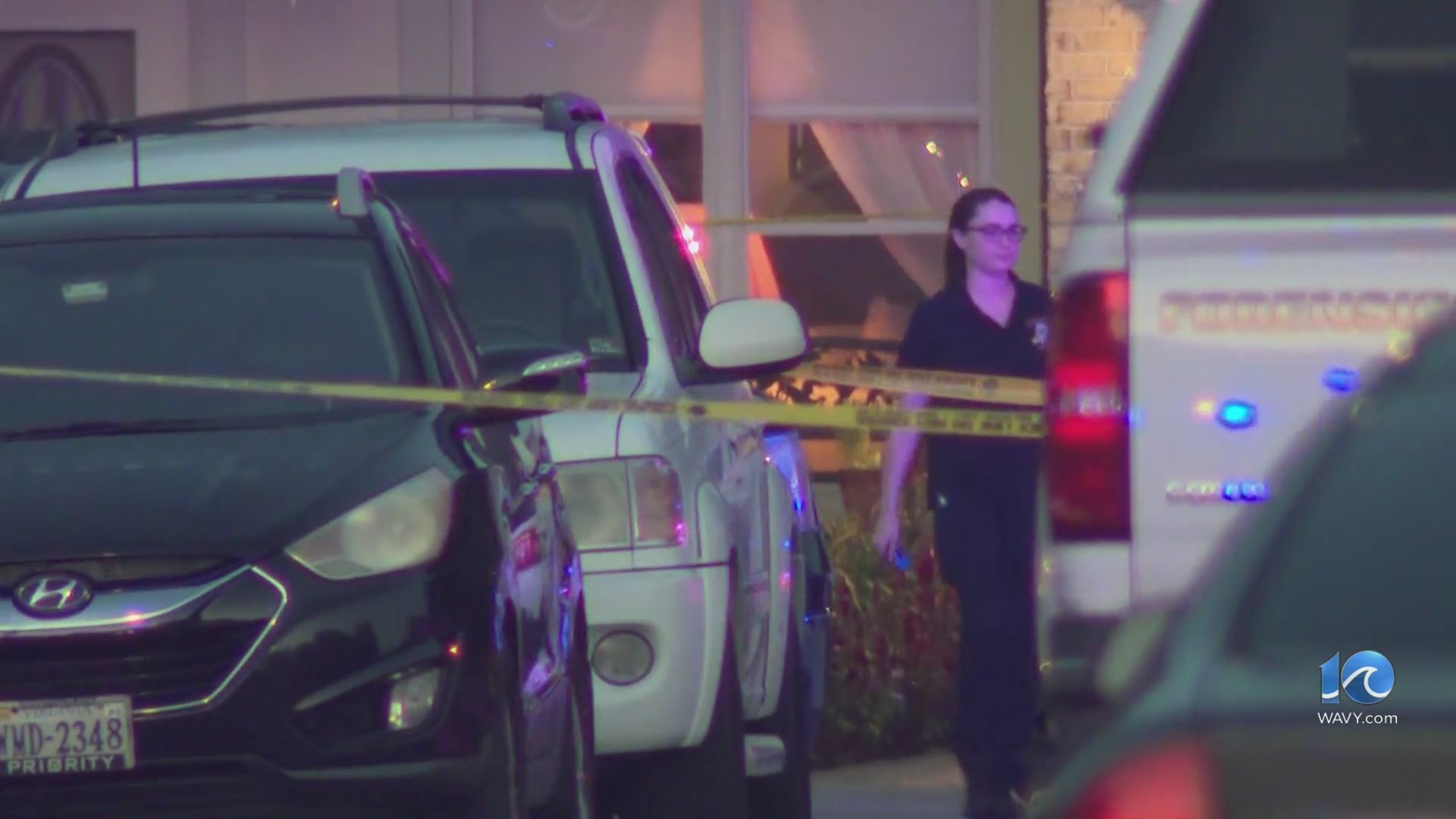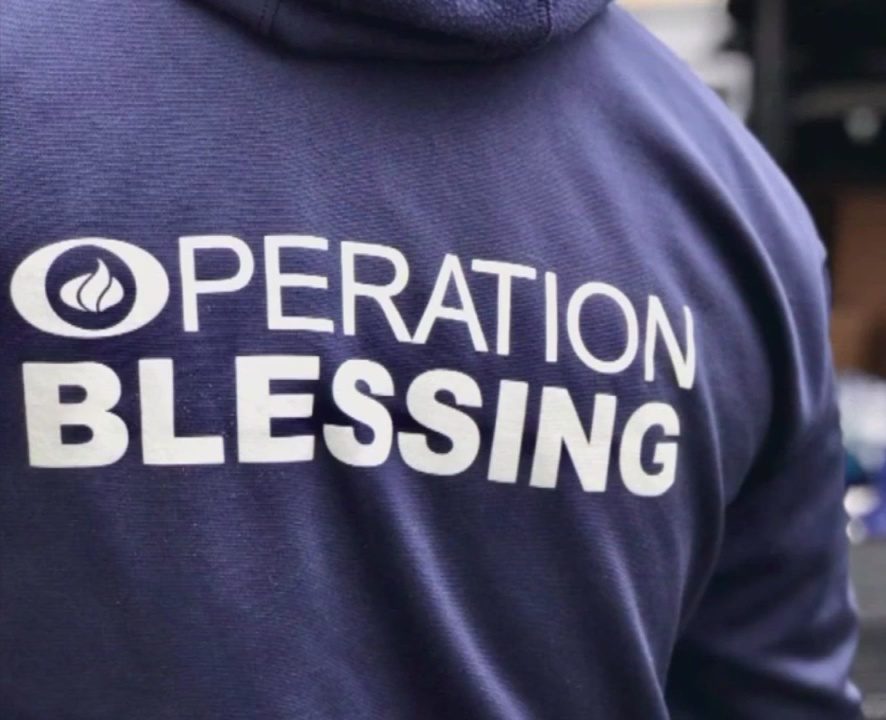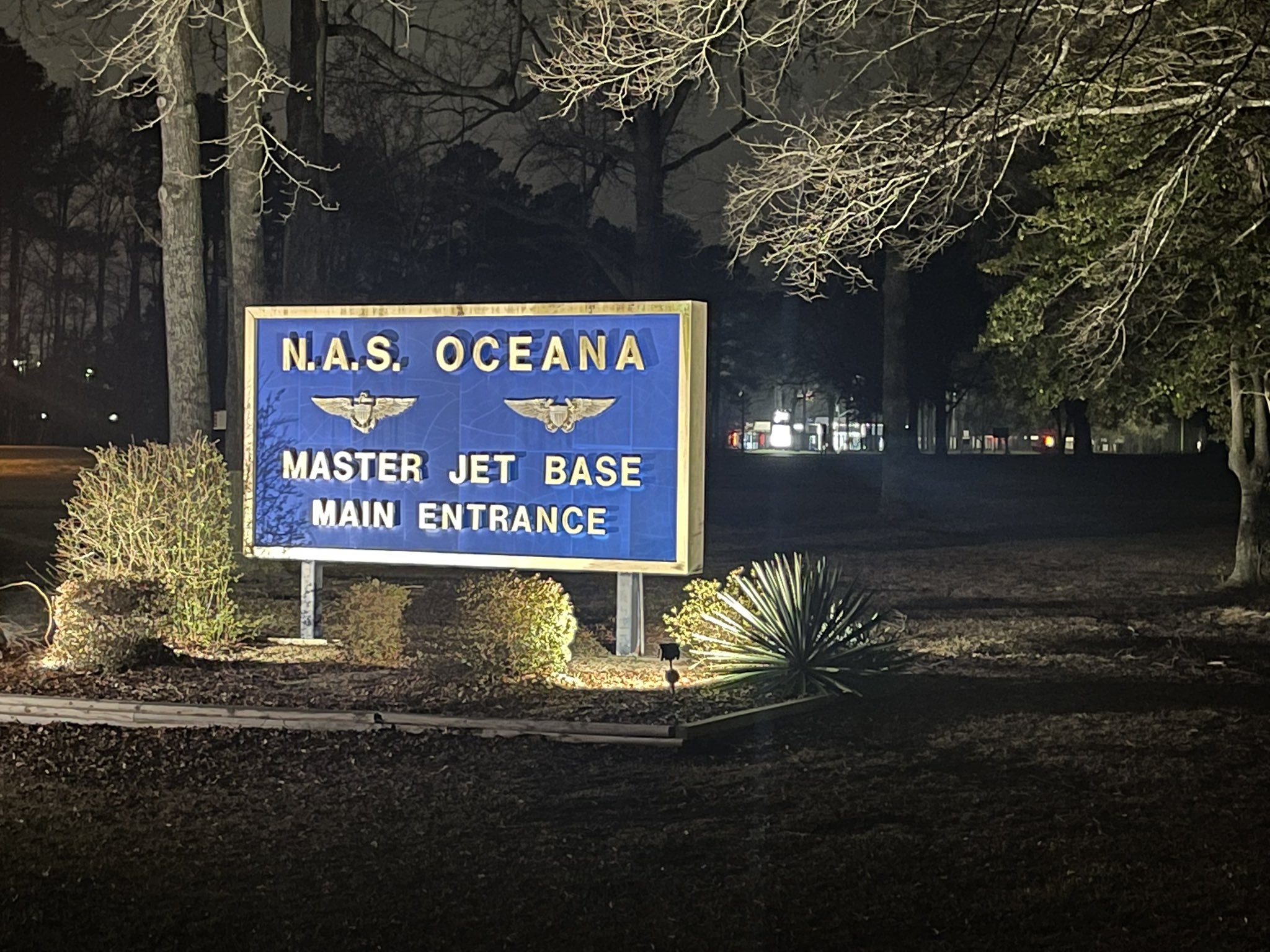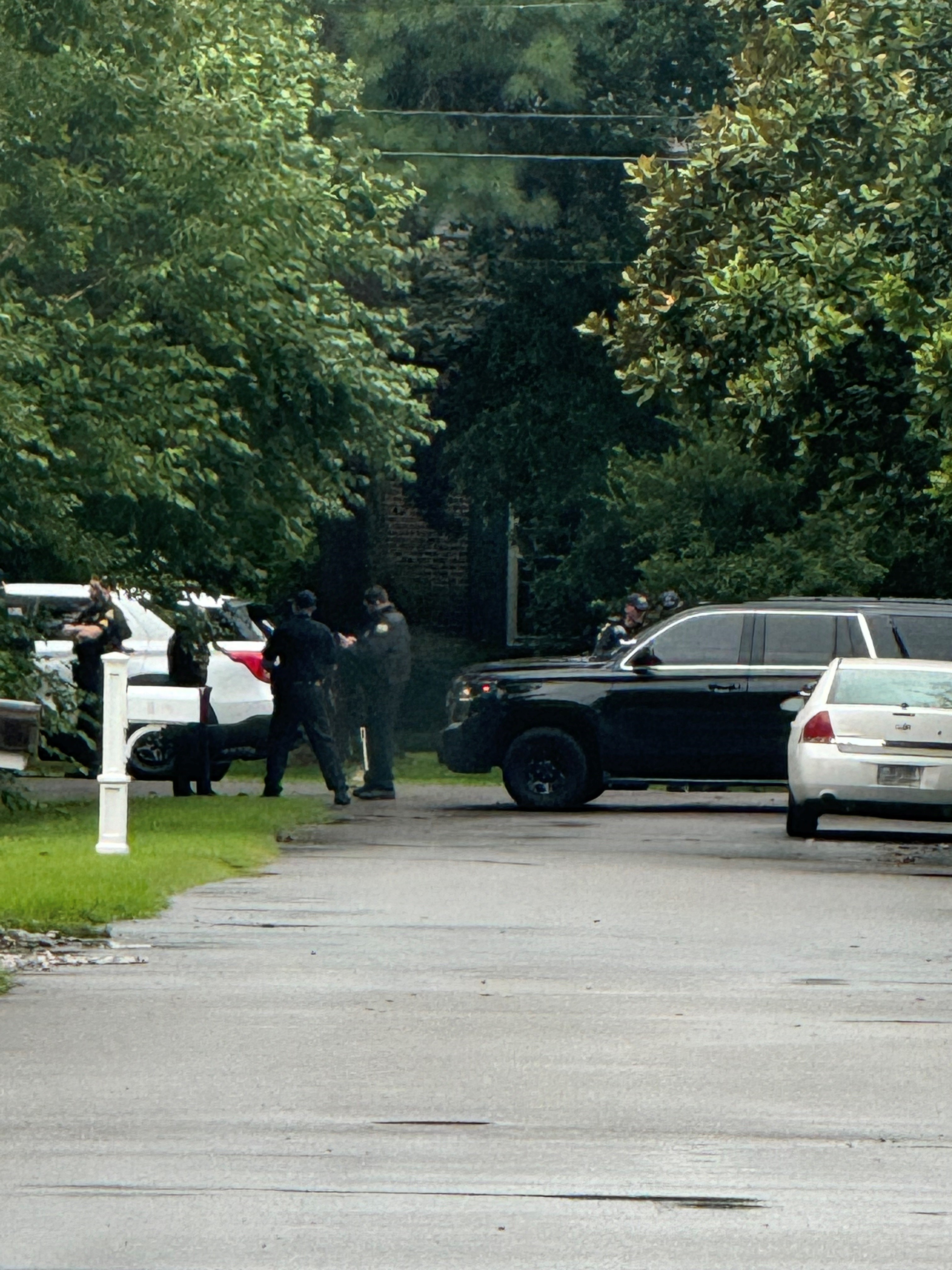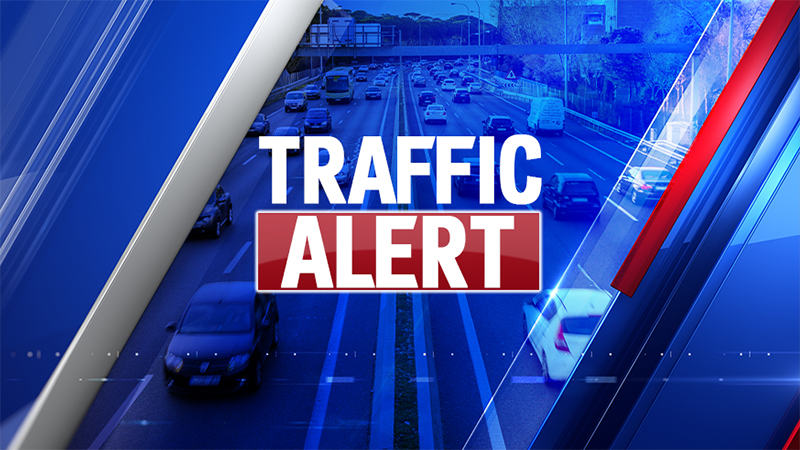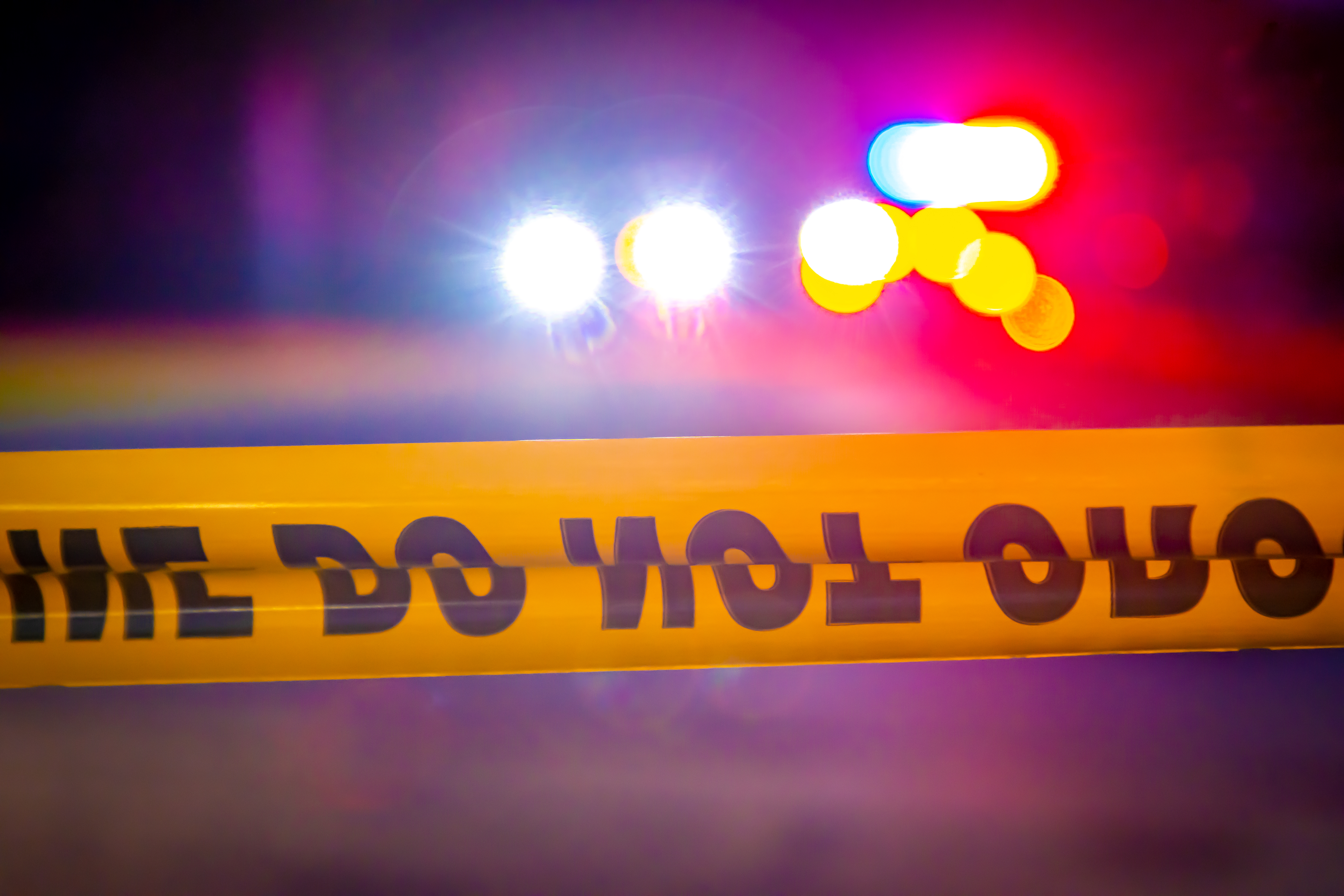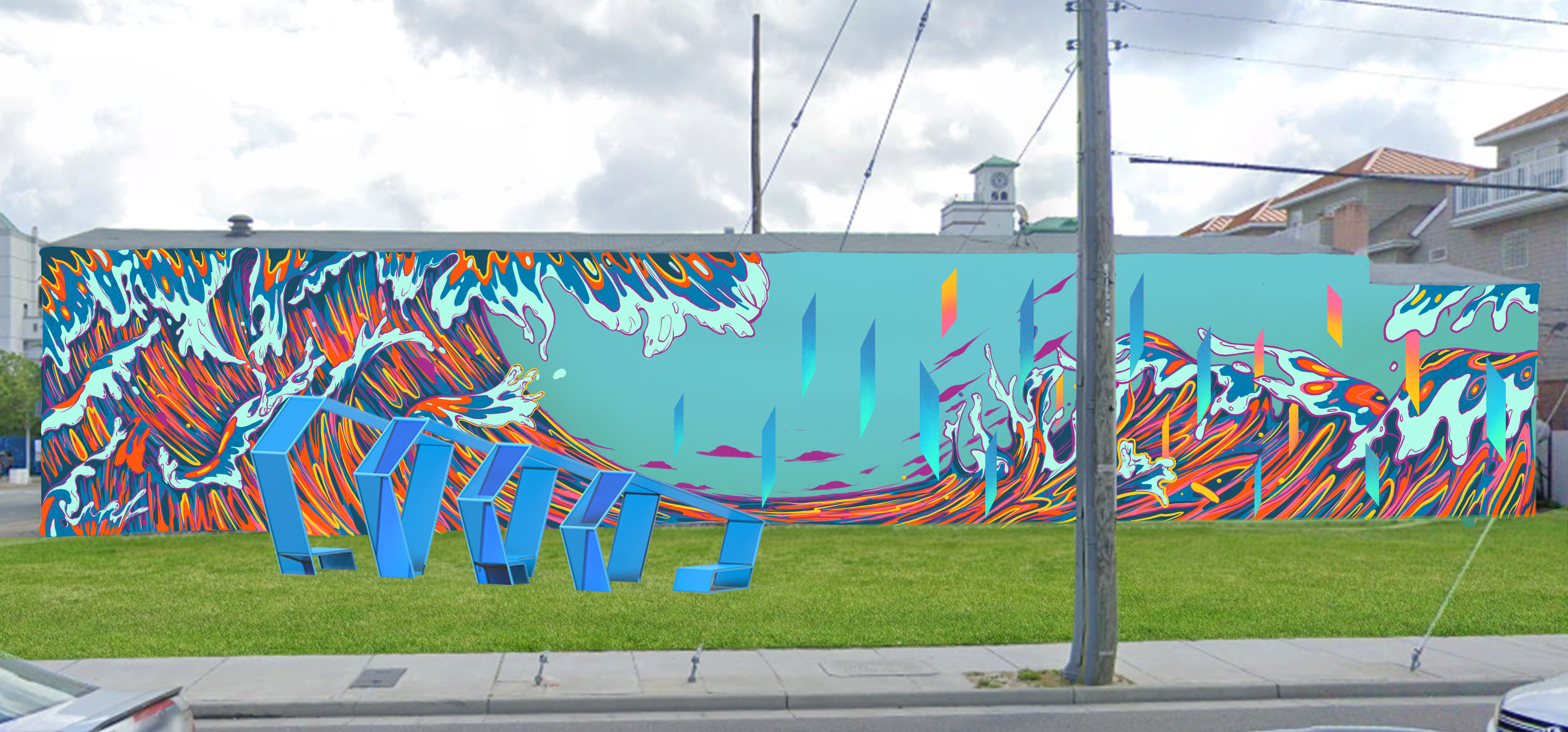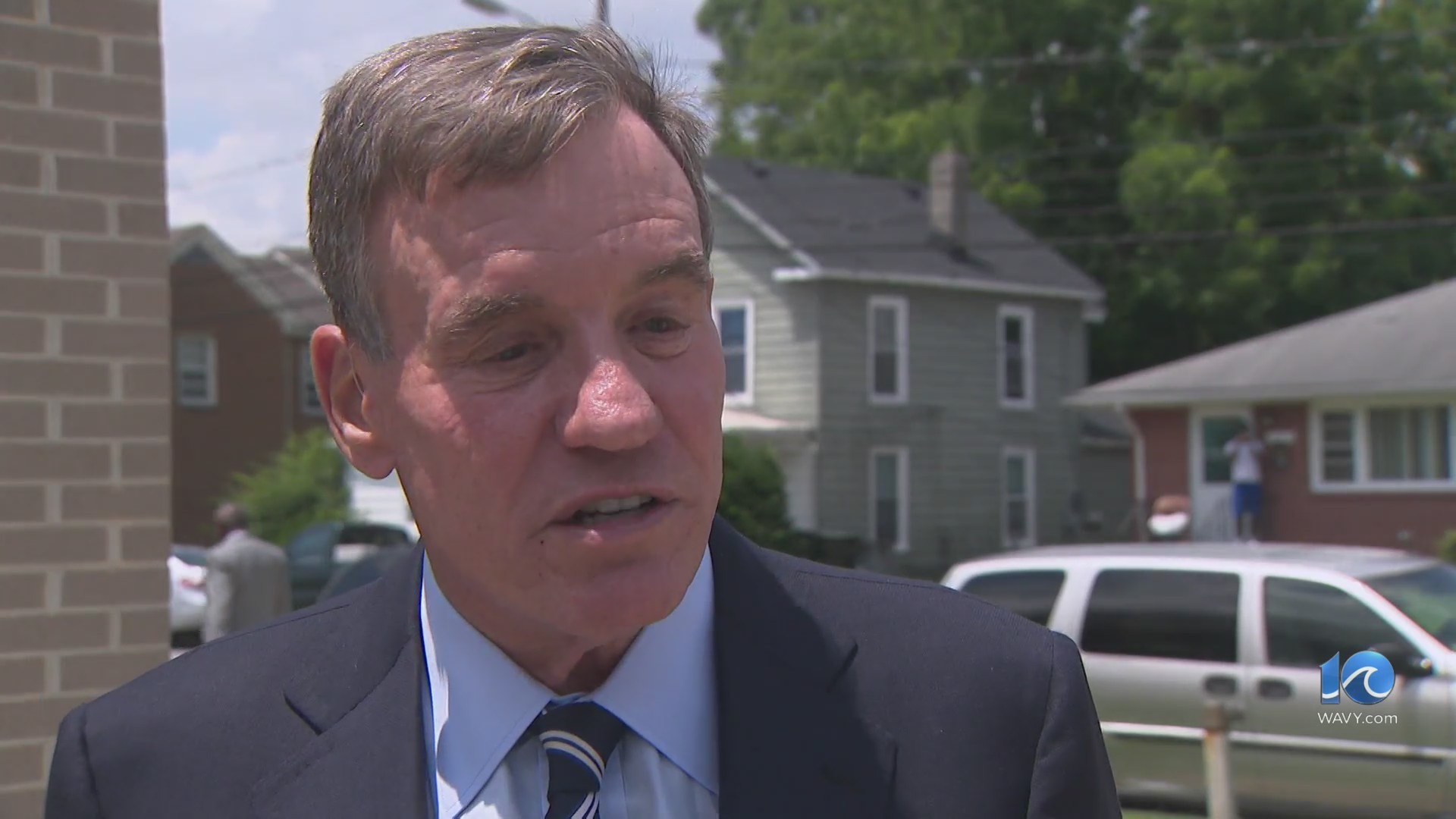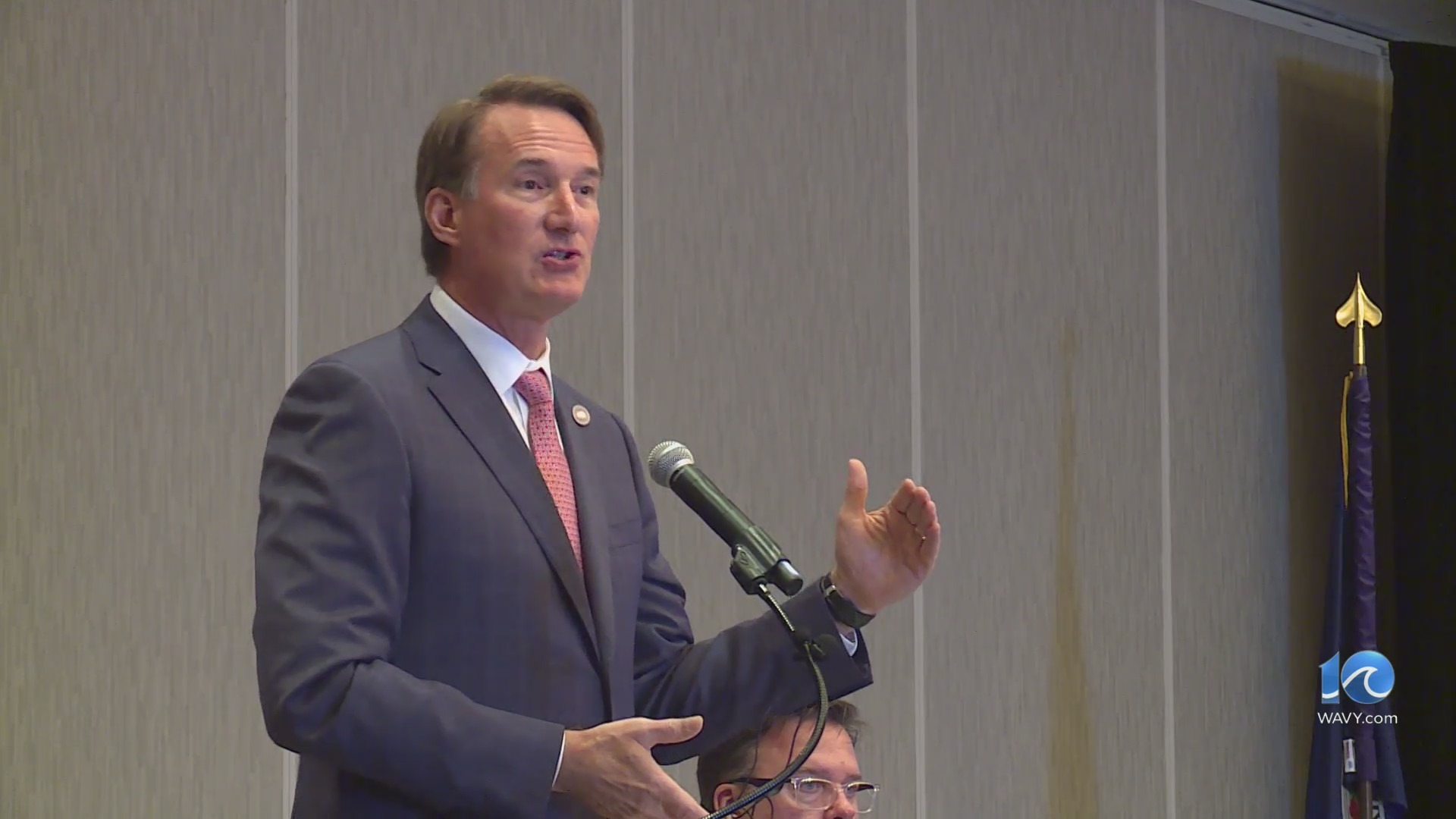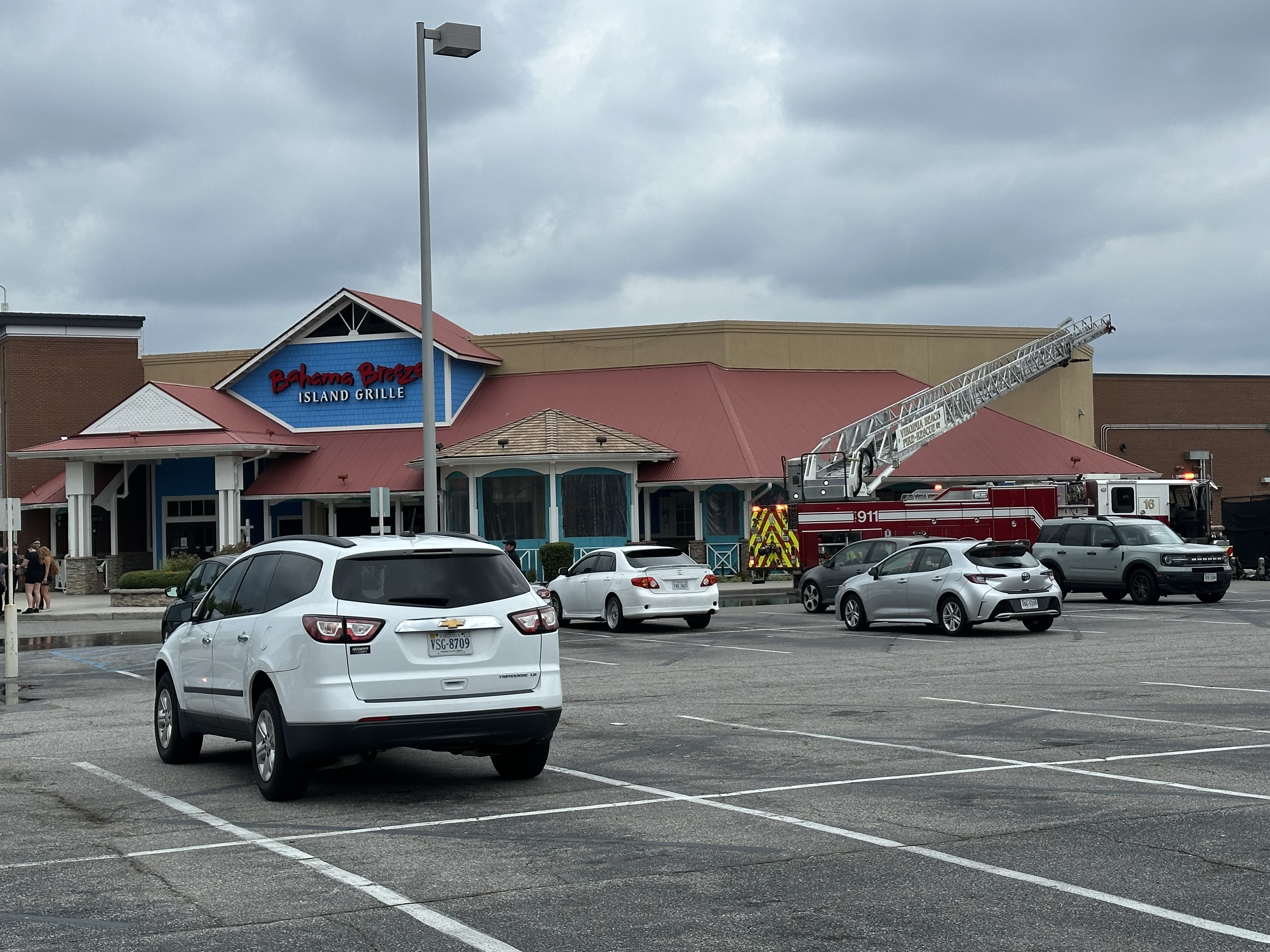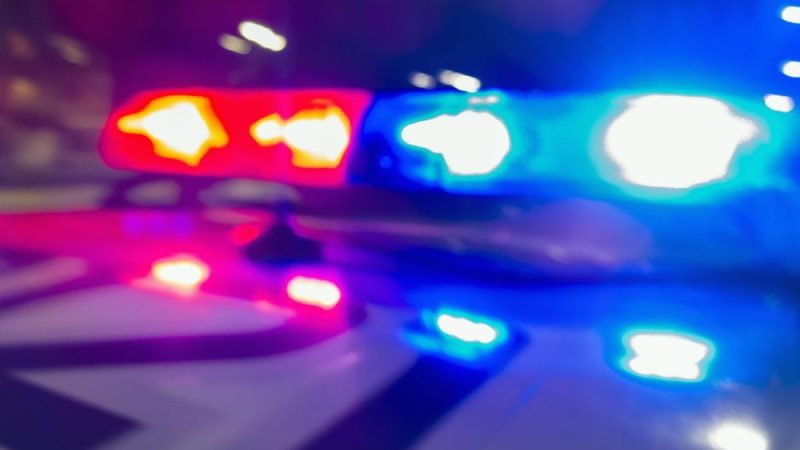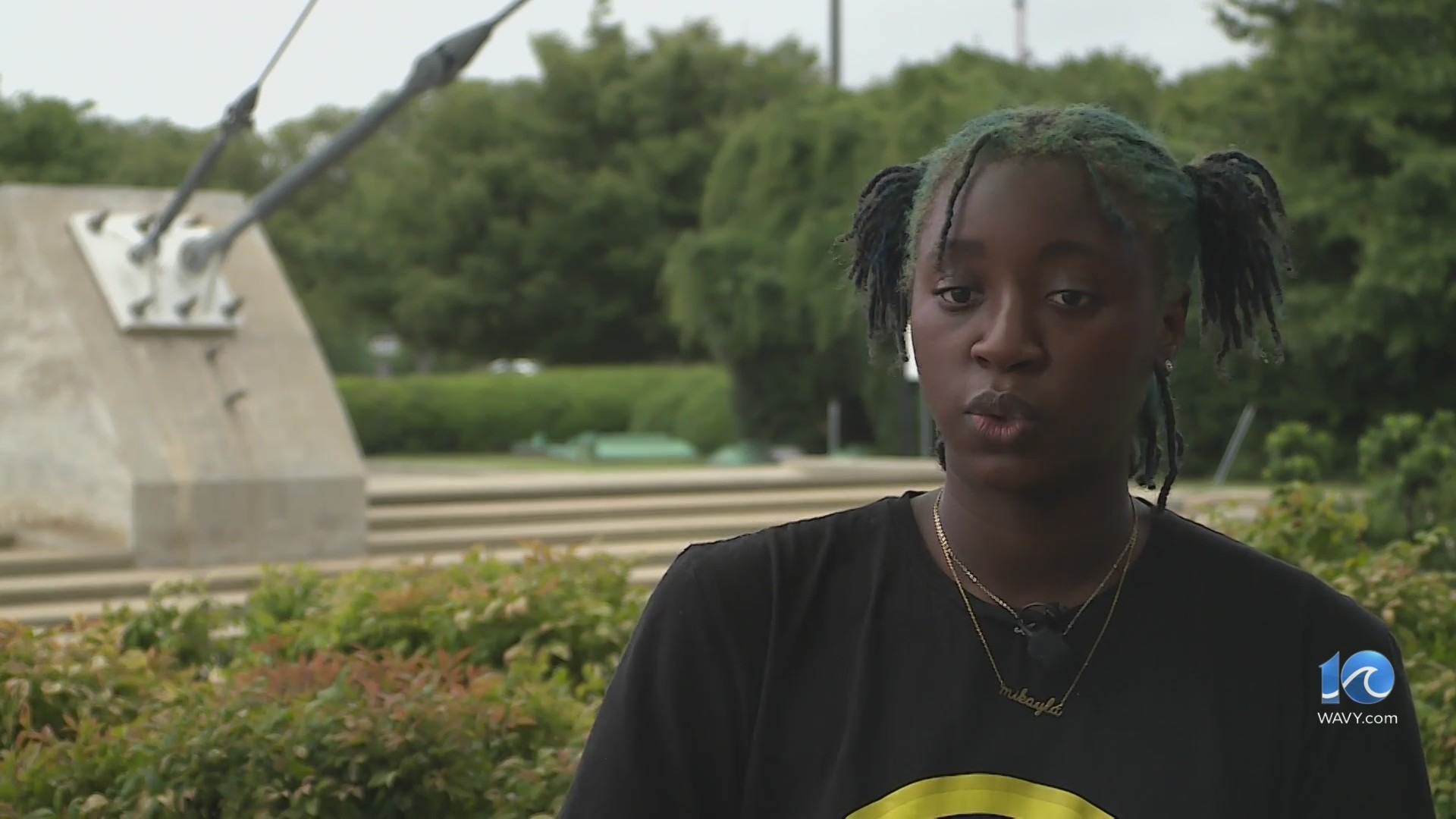GLOUCESTER COUNTY, Va. (WAVY) — In a new push to open schools despite the ongoing COVID-19 pandemic, Virginia Gov. Ralph Northam’s administration released guidance earlier this month on how to safely get students back in classrooms.
It would mark a new chapter for many Hampton Roads students who haven’t been inside of a classroom for nearly a year, including those in Suffolk, Norfolk, Portsmouth, Hampton and Newport News.
Within the metro area, Virginia Beach and Chesapeake public schools welcomed some students back in-person, but dealt with some outbreaks and closures.
Looking beyond the seven cities, 10 On Your Side found examples of smaller counties that gradually brought thousands of students into classrooms in the fall, with very few outbreaks or cases of transmission.
By mid-November in Gloucester County, more than 3,000 students of all grade levels were back in classrooms on a hybrid schedule.
Jessi Kittrell opted for in-person learning for her now-fifth-grade daughter and eighth-grade son after seeing their experiences with virtual learning when schools shut down in March of last year.
“[My daughter] did fabulous,” she said. “My son is in eighth grade and he did not do so well.”
The Kittrell family’s experience is indicative of what Superintendent Dr. Walter Clemons noticed among students in his system: “The remote setting did not, and does not, work for every learner.”
But giving the option of a hybrid system did work: with two-thirds of Gloucester County students of all grade levels physically present on a rotating schedule, by the end of the first semester, the district hadn’t had to shut down a single classroom or school.
“We’ve got students that have tested positive. We’ve got staff members that have tested positive, but we don’t have any outbreaks or transmission in our schools,” said Clemons.
With the guidance of the health department, Clemons said, GCPS stayed open even as metrics within the community rose.
“As long as we can keep transmission and outbreaks from occurring within our schools, we can stay open,” he said. “You’ve got people who are concerned about the pandemic and we’ve never tried to downplay that… If we were going to offer in-person learning, we’re going to try to do everything that we can to protect our staff and protect our students.”
Clemons says educating students and staff about wearing masks and keeping their distance was key, as was additional federal funding.
The district and county have spent more than $2.3 million in federal funds on 12 additional school buses, clean air technology, partitions, PPE and other mitigation measures.
As a taxpayer and parent, Kittrell said she would be willing to spend even more to get her children back in class full-time.
“If we don’t get them back in school, and get them back learning and thriving in their environment, it’s going to be detrimental to society as a whole,” she said.
Gloucester is not the only school system to report a largely successful return to the classroom. Isle of Wight brought back nearly 4,000 students and staff and reported no suspected cases of transmission.
“We’re pleased that our mitigation seems to be working,” said IWCS spokesperson Lynn Briggs. “We can’t keep them from getting the virus, because they’re not in school 24/7, but we can control the spread within our buildings.”
In York County, more than 6,000 students and staff returned to classrooms over the first semester, with two suspected cases of transmission within the district’s buildings.
Although community coronavirus metrics are higher than they were at the beginning of the school year, YCPS plans to continue moving ahead with its plan to return more students to in-person learning, said spokesperson Katherine Goff.
“In September, we had no data as to how schools would play a role in community spread. We didn’t know how well the mitigation strategies would work,” Goff said. “Our confidence level in those strategies and the behavior of our staff and students have brought us to a confidence level where we can continue to bring them in. We know what we can control now.”
Northampton County, Virginia and Williamsburg-James City County schools both offered an in-person option for students as well, but each dealt with class and school closures throughout the semester.
Still, both systems are planning to bring students back to classrooms for at least part of the second semester.
Northampton County Public Schools Superintendent Eddie Lawrence described the struggle of covering classes when staff members had to quarantine.
Substitute teachers were hard to come by because they’re worried about exposure, so special topics teachers have moved to other subjects, others have given up planning periods, and administrators have stepped back into classroom roles.
“It’s been incredible to watch how versatile and flexible this staff has been,” Lawrence said.
Clemons, too, credits his staff with the success of in-person learning. Ninety-seven percent are working on-site, teaching students who are learning virtually and in the classroom.
“We couldn’t have done this if we didn’t have buy-in from our staff,” he said.

